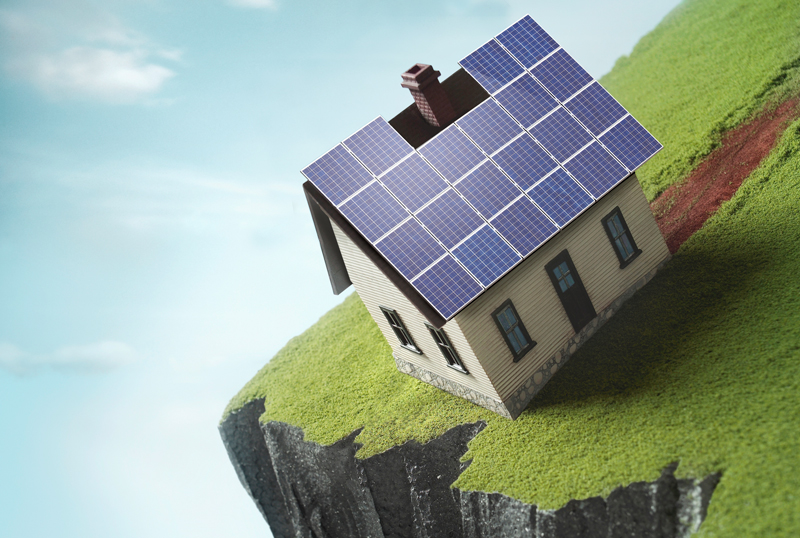Lots of problems with this whole thing. Say if a person generates 10 KWH of power a month and uses 10 KWH of power a month, then what should their bill be? $0? $20 for the line and connect fees?
While residential power consumption may peak in mid morning and early evening, business power consumption will peak mid day. So, it all evens out. The biggest problem for power generators is the late night period from say midnight to 6 AM when everyone is asleep, and nobody is using electricity. However, that is also the time when no solar energy is generated, and wind will keep blowing somewhat. I assume dusk is often best for wind generation.
Some power companies (including in California) have programs to encourage EV owners to charge during that after midnight lull.
If I was going to have to invest in the solar panels and the battery system, I'd very much consider going off-grid. Well, except the problem around here that the sun can just vanish for weeks at a time. I think in the last 2 or 3 weeks, we've hardly had 2 or 3 hours of sunlight. Thus the power companies would get no benefit from the excess power. And they'd no longer get their monthly connect fees.
The challenge is that demand doesn't even out, either daily, or month to month.
Even for homeowners who have enough solar (or wind or hydro) to balance their average power needs over the entire year, the generation and demand both vary by time of day and time of year, and sometimes by weather. Here in California, the difference between demand and supply is greatest August/September, between 17:00-19:00 (5-7pm). In Texas, it is January during cold spells. This is one reason why it is great to have grid interconnects to shift power. California currently (pun intended) sends power north during the winter to help Oregon and Washington with winter heating demand, and the reverse happens in the summer. California also exports power to states east of it to help them with their 5-7pm demand peaks.
To the extent that consumers, business and home consumers, can load shift, either by changing heating/cooling times or EV charging, that reduces the peak demand, and peak demand power is expensive, because it gets used infrequently, so the annual costs have to be paid for in the short periods of time that the peak power generation is needed. (Which with good interconnections can pay to move the power long distances.)
Here is an example of hour by hour power costs arranged by month for San Diego.
In a similar way, even if a consumer only draws on the grid in mid-winter or late August, the transmission wires, transformers, generation plants, and related grid infrastructure have to be kept in working shape, year round.
So, I don't know what the "right" monthly charge is, but if the per kWh charges are converted to a per kWh generation cost, and a per month grid connection cost, that connection cost might well be $70-200/mo, in part because large consumers (businesses, and wealthy homeowners with large per month consumption) effectively subsidize small consumers.
I don't like the current California proposal for many reasons, but I do understand that there are some substantial distortions in how power is currently priced to the end user. Personally, I think that keeping the $/kWh high incentivizes end consumers to keep their energy efficiency high. I have lived places that had free, or nearly free, power, and people do dumb energy things, so I can see that a large fixed bill with low per kWh prices will encourage consumers not to make good decisions. (And by poor decisions I mean in the sense that using even more power increases costs by causing increased grid demand, the need for larger generator investments, more transmission lines, etc.)
All the best,
Peter

